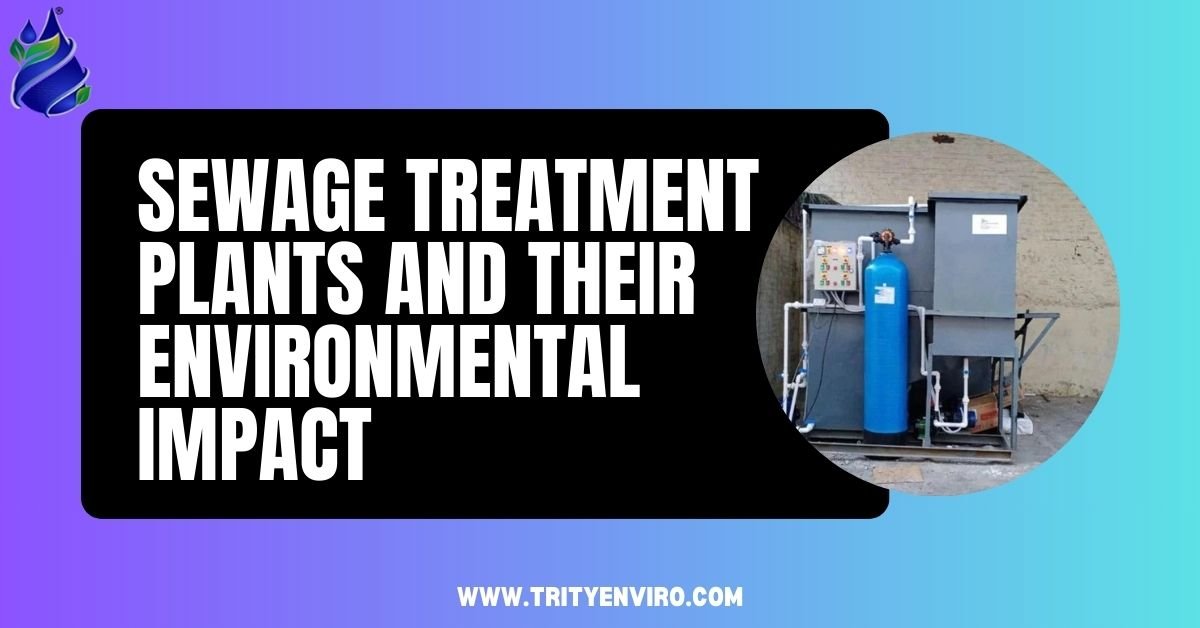
What are Sewage Treatment Plants?
Sewage treated in a Sewage Treatment Plant is safe for release into the environment. These plants incorporate both the physical, biological and chemical processes for removing contaminants from wastewater. These processes break organic waste down, eliminate harmful bacteria and kill pollutants such as nitrogen and phosphorus. Typically, a Sewage Treatment Plant operates in three phases: The treatment can be primary, secondary, and sometimes tertiary.
The phases improve water quality, but to a point at which it is safe for treatment and either disposal or reuse. The first treatment stage actually removes large particles and debris. Second is secondary stage where bacteria break down organic matter and tertiary treatment is because they go further through process like filtration so as to get as much pure as we can. These steps help to do away with pollution risks and keep ecosystems healthier.
How Sewage Treatment Protects Ecosystems
Another vital role of the Sewage Treatment Plant manufacturers in India towards local ecosystems protection. By their very work, STPs remove harmful pollutants from the wastewater before it can get to natural water bodies and protects aquatic life. Ammonia, nitrates, phosphates etc. can disrupt ecosystems causing things like algae blooms and removes oxygen from water bodies.
So, Sewage Treatment Plant manufacturers in India have the power of proper control over these pollutants which in turn supports the ecosystems that support the variety of lives aquatic. Treated water also resupplies various water sources and represents a stable nonpolluted alternative to other water systems. Out of this, there is less usage of fresh water which helps save natural resources and reduces human impact to local ecosystems.
Role of Sewage Treatment in Preventing Waterborne Diseases
1. India is just one of the many countries which have Sewage Treatment Plant manufacturers to keep local ecosystems safe. Their work removes harmful pollutants from wastewater, which reaches natural water bodies before it can harm aquatic life.
2. Ammonia, nitrates and phosphates can upset an ecosystem and lead to things like algae blooms and oxygen loss in water bodies. Sewage Treatment Plant manufacturers in India ensure proper control over these pollutants to ensure that ecosystems that support diverse aquatic life are also maintained.
3. In addition, treated water is capable of recharging such water sources, providing a stable, non contaminated other water system. It lessens the need of fresh water, thus also saves natural resources and reduces the human impact towards to locality ecosystems.
4. Sewage treatment plant suppliers are relatively speaking, the ones who do help remove pollutants from water before it enters rivers, lakes and oceans. Everyone knows that water bodies can absorb heavy metals, chemicals and other harmful things, which can influence the plant and animal life.
5.If left untreated, these pollutants can leak into our drinking water sources and damage human health as well as that of wildlife. Sewage Treatment Plant suppliers capture and treat hazardous waste to protect the water quality and safely reuse of treated water.
6. This water, purified, can be used by industries and agricultural sectors thus reducing the need to extract more natural water. The aim to keep water sustainable and free from further pollution supports water conservation, but moves forward from the using the water as simply a resource on its own.
Energy Efficiency and Sustainable Practices in STPs
Sewage treatment plants operating more sustainably and, where possible, using energy-efficient technologies and renewable energy sources this is what all modern sewage treatment plants aim for. STP plant manufacturers are focused on developing plants that minimize environmental impact. Traditional STPs consume a lot of energy and therefore generate greenhouse gas emissions. However, in most plants, energy consumption has decreased with newer technologies, such as biogas production from waste sludge.
Additionally, some STPs are being powered by solar power and wind energy to meet their energy needs. Sustainable STPs use energy-efficient practices to reduce carbon footprint and support climate change mitigation efforts. Finishing these innovations requires creating a greener, cleaner sewage treatment method and innovation is vital to advancing that process.
Future of Sewage Treatment and Environmental Impact
Ultimately, sewage treatment seems to have the potential for further reduction of environmental impact. Treatment efficiency advancements on the leading edge include advanced oxidation, membrane bioreactors, and constructed wetlands. Their aim is to make a sewage treatment plant for industries more efficient, cost-effective, and environmentally friendly. Additionally, numerous research studies focus on recovering value from wastewater, such as phosphorus, nitrogen, and even energy. STPs recycle resources into fertilizers and bioenergy for circular economy use. With these advancements, sewage treatment shows progress towards sustainability, benefiting people and the environment.
Conclusion:
Sewage treatment plants contribute significantly to environmental protection and resource conservation. Pollution prevention, protection of ecosystems and the reduction of the spread of disease are all prevented by them. Implementing sustainable practices helps STPs shrink their energy footprint also in line with the global climate goals.
Sewage treatment has the potential to become a cornerstone of sustainable development, enhancing the environment significantly. Sewage treatment plants are responsible and ever innovating about the wastewater management solution. They look to ensure that water resources are protected, ecosystems remain healthy and communities are healthy. With the increasing demand for water, STPs will become even more crucial for the well-being of future generations.


